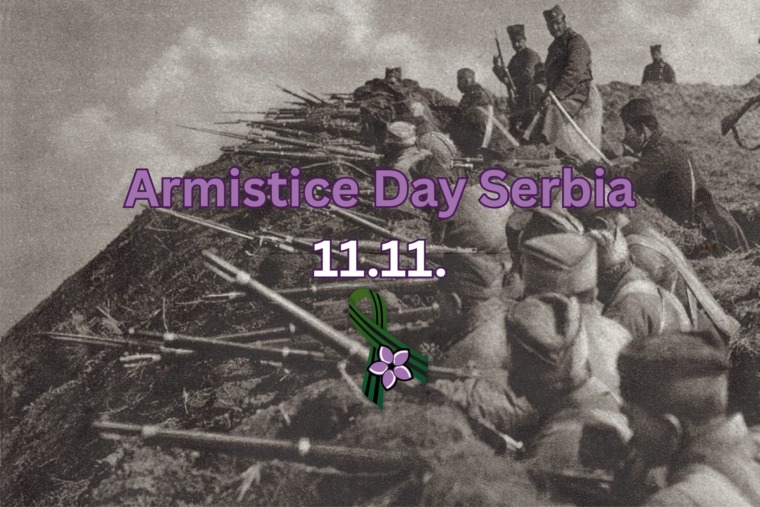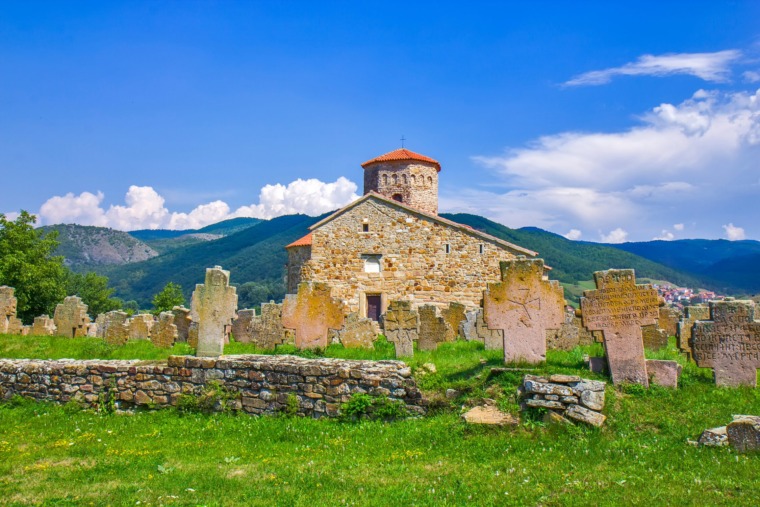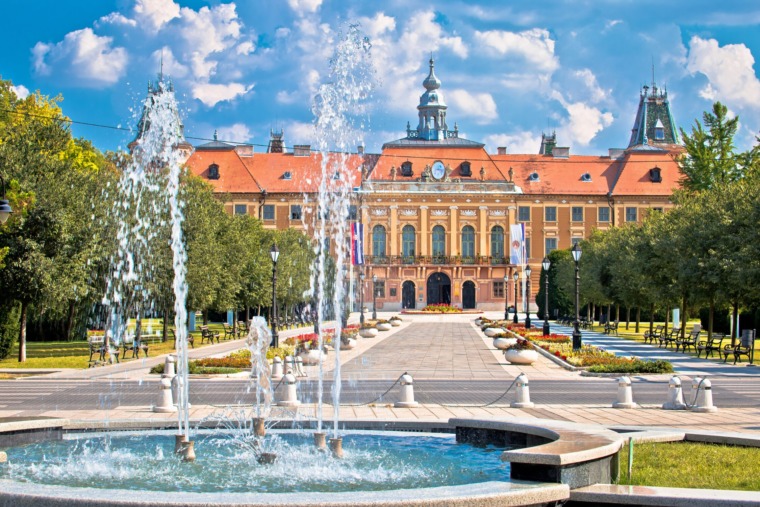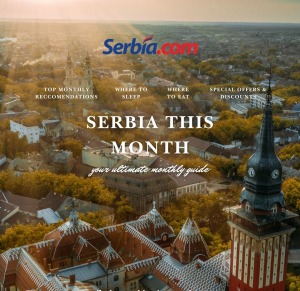
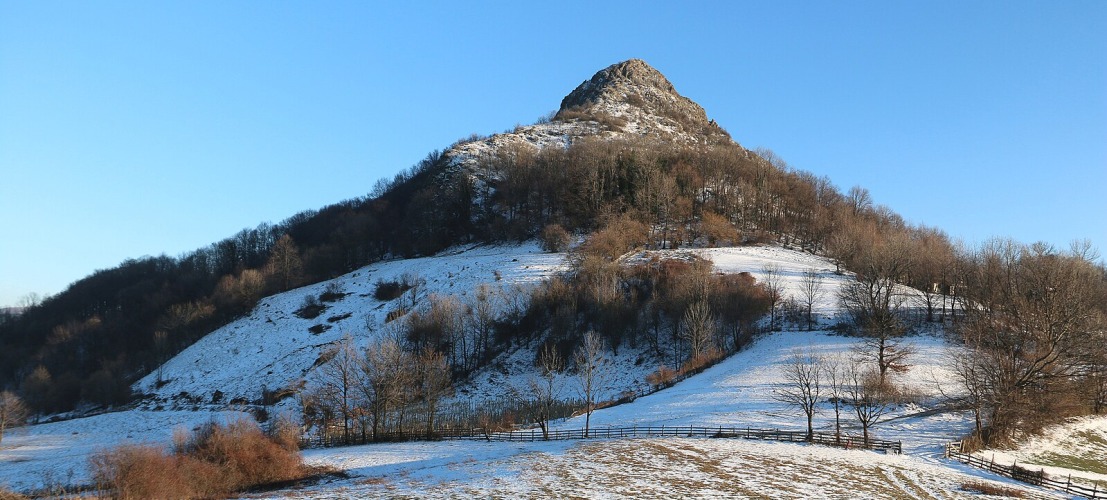
With volcanoes, you never know, because they are like beautiful women, say volcanologists. In the past, Serbia was home to dozens of active volcanoes, and their eruptions were among the most powerful in history.
Although they haven’t erupted in a very long time, volcanic reliefs can be found in nearly every part of our country. One of the largest volcanic peaks, Ostrvica, is part of the Rudnik Massif in the municipality of Gornji Milanovac. The peak rises to 758 meters above sea level and is considered the remnant of a shattered volcanic cone.
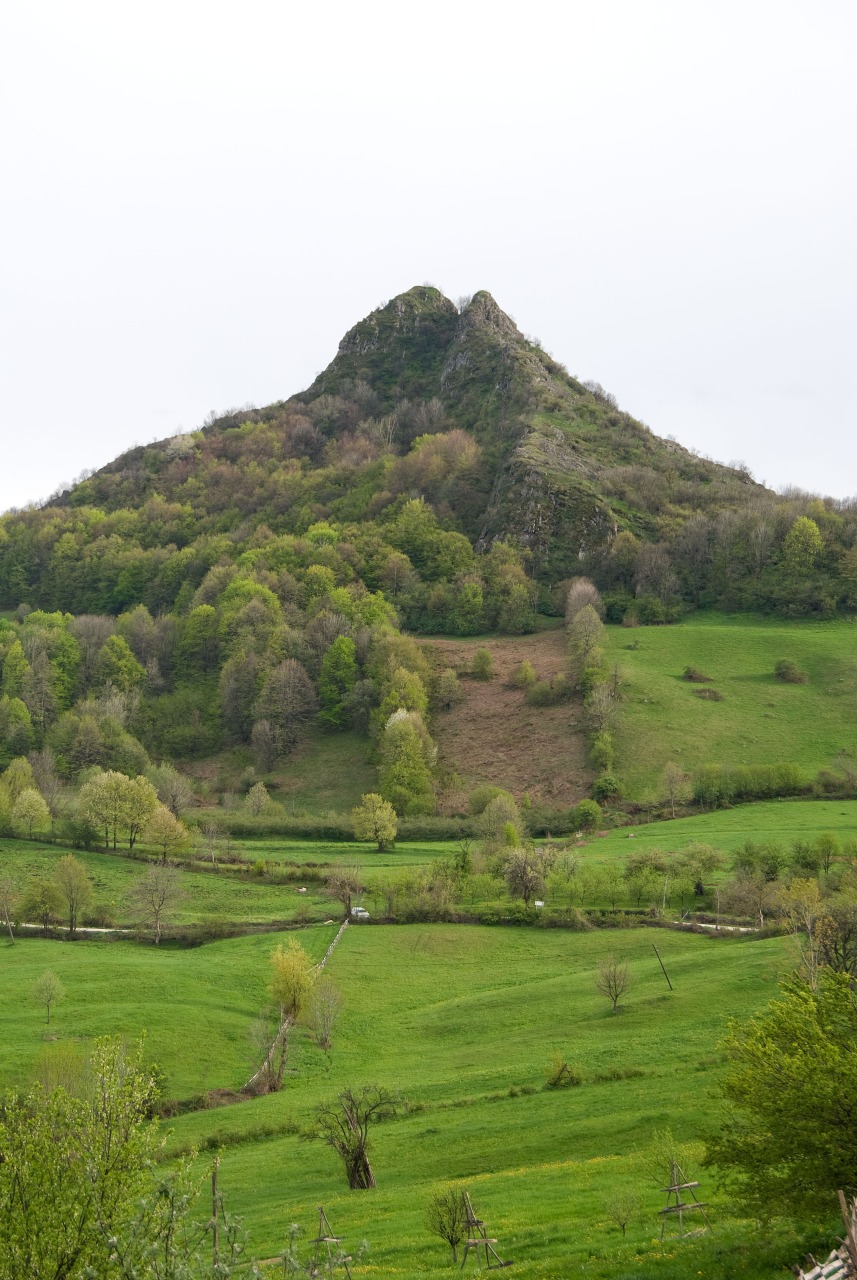
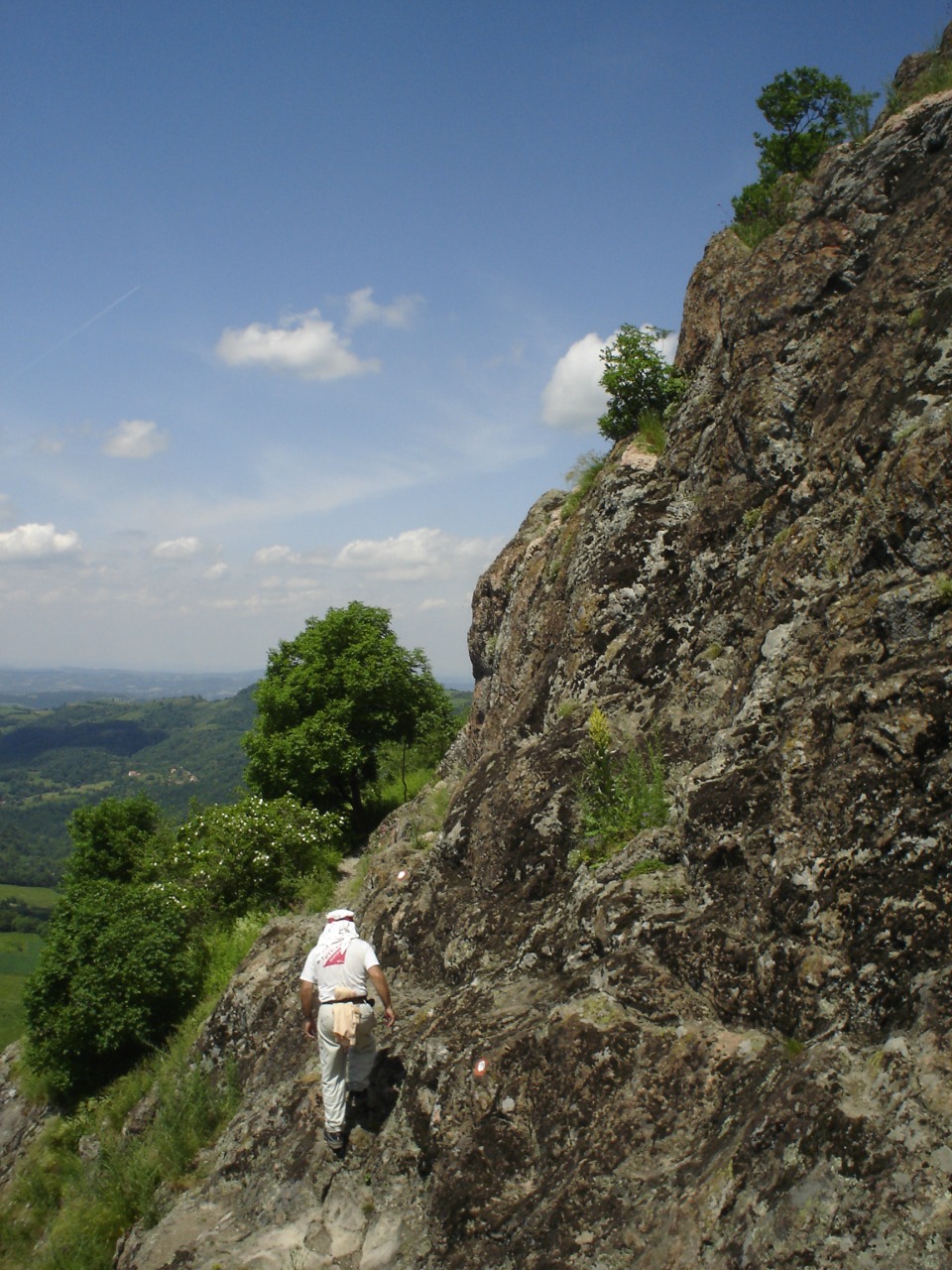
This volcano is believed to have been a giant in the past, and locals in the area are well aware of its existence. Ostrvica is thought to be only a part of a much larger volcano, whose core was near Rudnik, and it is believed to have last been active around 20 million years ago.
“The volcanic eruptions on Rudnik and Radan mountains were so powerful that they created mushroom-shaped formations, much like those seen after nuclear explosions,” says Dr. Vladica Cvetković, a professor at the Faculty of Mining and Geology in Belgrade.
In May 2009, Ostrvica was declared a natural monument.
Although Serbia has witnessed various forms of volcanic activity in the past, geologists can only reconstruct the volcanic events that took place in the last 300 million years.
The Geological Story of the Volcano in Šumadija
In the past, Serbia’s territory was home to dozens of volcanoes, and their eruptions were some of the most violent in Earth’s history. One of the largest volcanic remnants in Šumadija is Ostrvica, located in the Rudnik Massif. Today, Ostrvica is one of the most significant and awe-inspiring volcanic remnants in Serbia, and its peak rises to 758 meters above sea level. Although extinct today, Ostrvica was once a true volcanic giant.
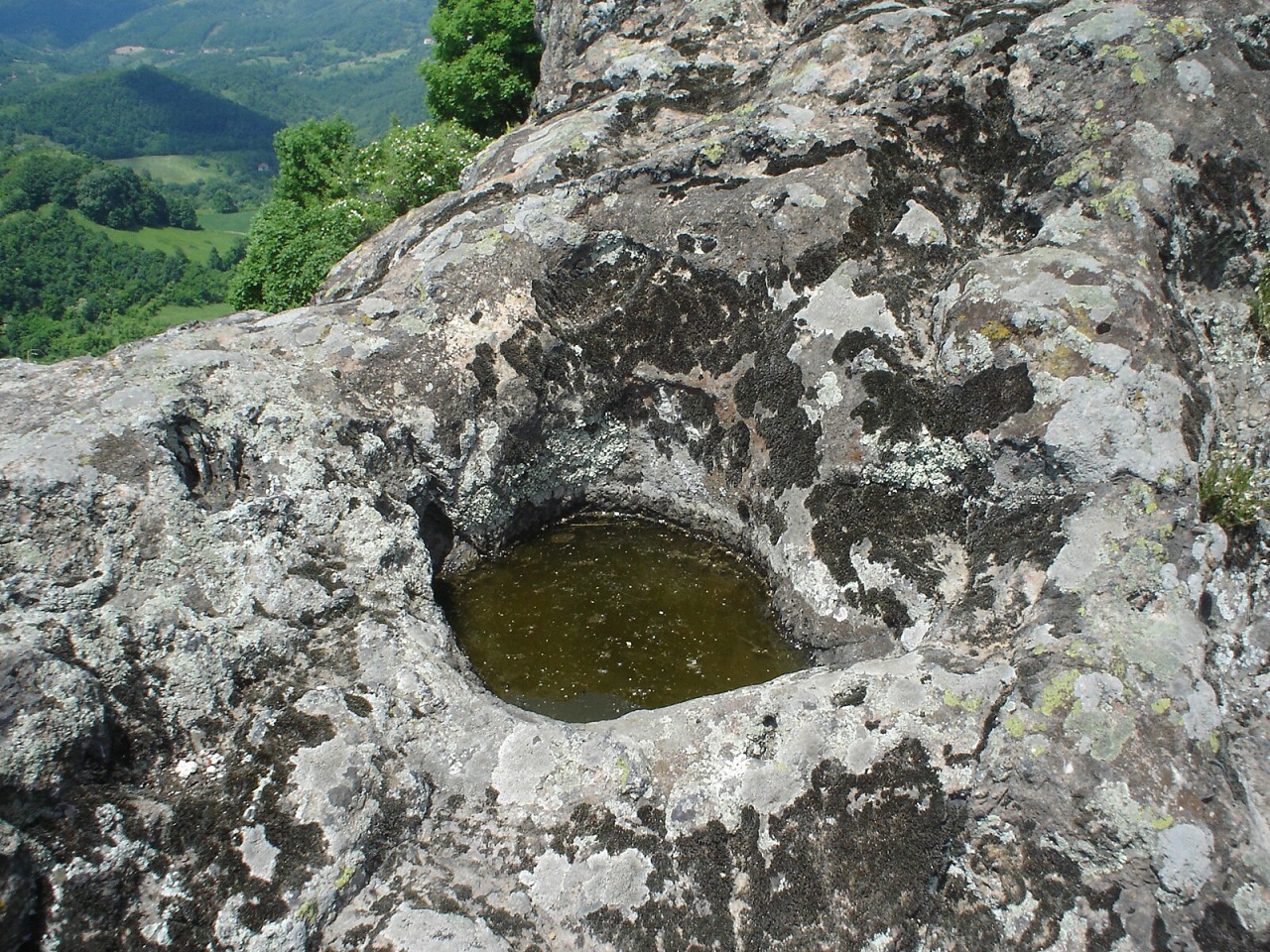
Ostrvica is believed to be part of a much larger volcano, whose core was located near Rudnik, and was last active around 20 million years ago. Geologists suggest that the eruptions of this volcano were so intense that they created mushroom-shaped formations—volcanic columns—similar to the effects of nuclear explosions, which can still be seen in the surrounding areas of Rudnik and Radan mountains.
Ostrvica: A Natural Monument
Ostrvica was declared a natural monument in May 2009, offering it additional protection and recognition as one of the most important geological sites in the country. Today, the extinct volcano attracts geologists, researchers, and nature enthusiasts who come to study its structure and enjoy its scenic beauty.
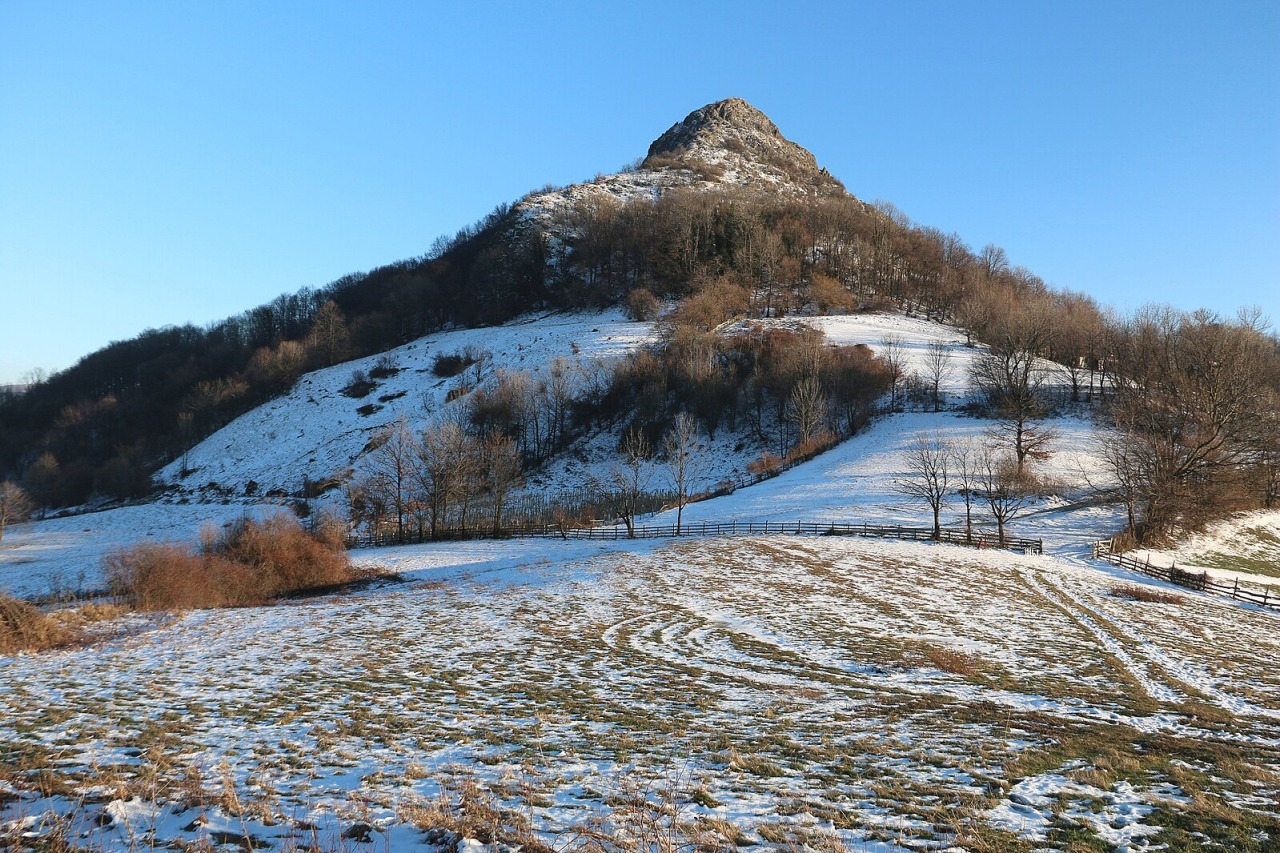
Aside from Ostrvica, Šumadija is home to other volcanic remnants that tell the story of past volcanic activity. While the volcanoes in this region have long been inactive, their geological significance remains crucial to understanding the history of Serbia and the Balkans. Some volcanoes in the area, such as those in the Rudnik Massif, offer insight into a time when volcanic forces shaped the land’s present-day appearance.
Why Visit the Extinct Volcano in Šumadija?
1. Geological Importance
Ostrvica and other volcanic reliefs in Šumadija provide a unique opportunity to explore the geological processes that shaped this region. These natural formations, such as volcanic cones and lava flows, offer a glimpse into the intense volcanic activity that once took place millions of years ago.
2. Natural Beauty
The surroundings of Ostrvica, with its mountainous landscapes, forests, and open viewpoints, offer spectacular views of the surrounding area. This is a perfect destination for hiking, photography, and exploring nature.
3. Peace and Relaxation
Despite its geological significance, Ostrvica and the surrounding area provide a serene atmosphere, ideal for escaping the hustle and bustle of daily life. Whether you wish to enjoy the quiet of nature, spend the day exploring, or simply relax and breathe in the fresh mountain air, this is the perfect place to do so.
How to Get to Ostrvica?
Ostrvica is easily accessible from Kragujevac and Gornji Milanovac, and can be reached by car. Visitors can enjoy planned hikes or guided tours that offer an in-depth look at the volcanic history of the area. On well-maintained trails, visitors can reach the peak of Ostrvica and take in panoramic views of the surrounding landscape.
Extinct volcanoes, such as Ostrvica, are key points on the geological map of Serbia, offering a fascinating glimpse into the Earth’s past. A visit to this site is not just an opportunity to marvel at nature but also a chance to connect with the history of the land, shaped by powerful natural forces. Whether you’re a geology enthusiast, a nature lover, or simply someone looking for an off-the-beaten-path experience, the extinct volcano in Šumadija will captivate you and provide an unforgettable adventure
Related Articles

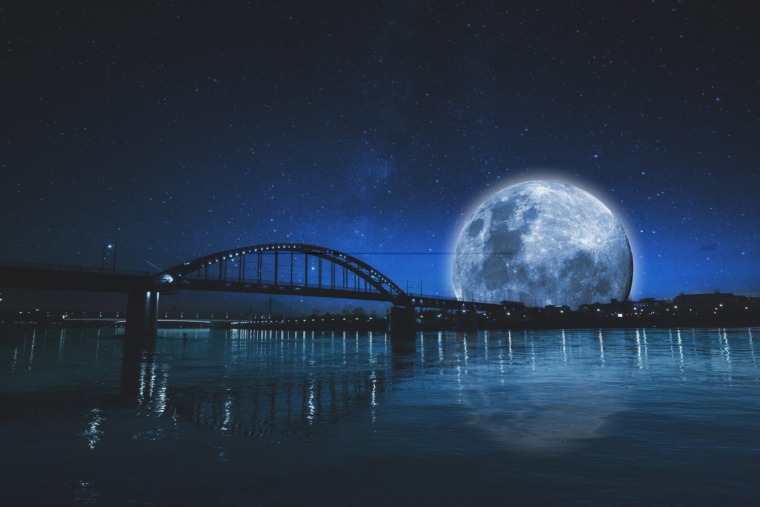
13 Unreal Photos of Belgrade: A City That Looks Like a Dream
November 13, 2025
10 Serbia Travel Hacks You’ll Wish You Knew Earlier
November 7, 2025

